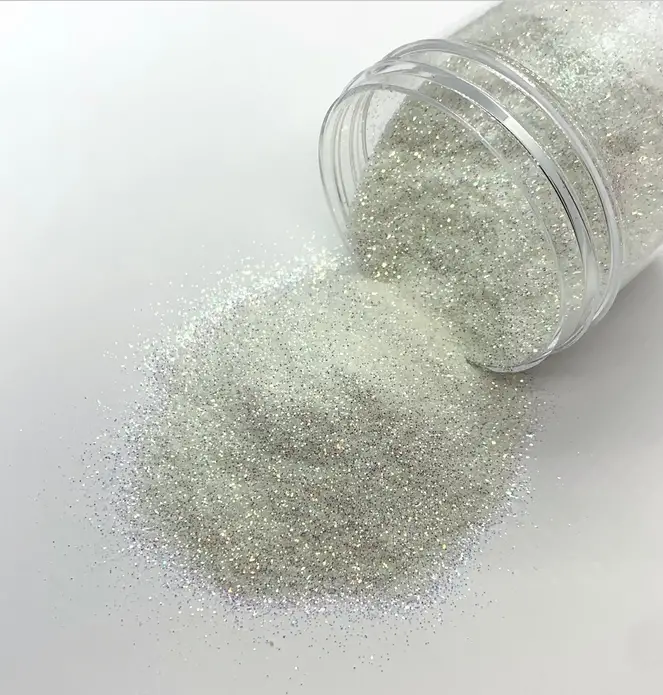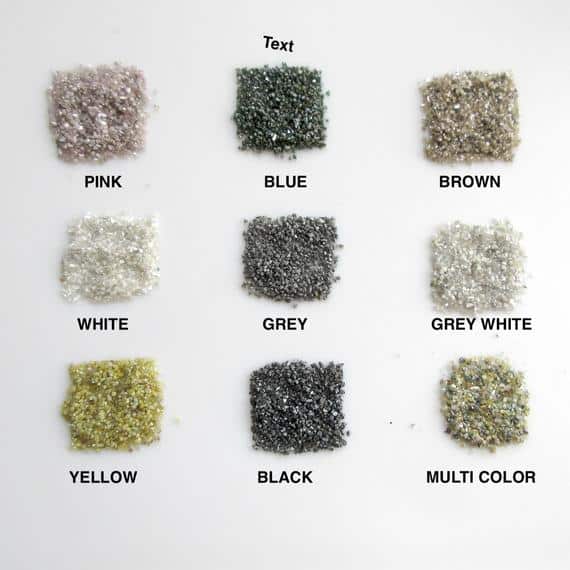Diamond powder is an industrial-grade material made from crushed diamonds refined into fine abrasive material. This versatile powder has a wide range of applications in both commercial and industrial settings, making it one of the most popular materials used for grinding, polishing, and lapping.
What is diamond dust?
Diamond dust is a fine, abrasive, powdery material made from industrial-grade diamonds that have been crushed into a powder form. It is primarily used for grinding, polishing, and lapping in various industries, such as jewelry manufacturing, optics work, and metalworking. It can also be used to create decorative effects on glass and mirrors.

Diamond powder has several advantages over other abrasives for grinding and polishing. The most obvious benefit is its hardness—diamond is the most challenging natural material known to man, making it ideal for precision grinding and polishing delicate objects. Also, diamond dust produces less heat during grinding due to its high thermal conductivity, thus preventing damage to sensitive materials.
Another significant advantage of diamond dust is its ability to work with wet and dry applications. Depending on the project’s needs, diamond powder can be used with water lubrication or air cooling systems. In addition, due to its non-clogging properties, diamond powder requires minimal cleaning after use, making it a more efficient choice in many cases.
Finally, diamond dust is available in several particle sizes ranging from ultra-fine particles (50nm) to coarser particles (3 microns). This allows for a wide range of applications depending on the desired results — coarse particles are typically used for faster stock removal. In contrast, finer particles are better suited for finishing operations as they allow for more incredible surface smoothness.
What color is diamond dust?
Usually, Diamond dust is soft gray-blue, creating a sense of calm, spaciousness, and repose. However, natural diamond dust can be in various colors, such as blue, pink, brown, white, grey, and yellow.

What is Diamond Dust Used For?
Diamond dust, also known as diamond powder, is a fine abrasive material made from industrial-grade diamonds that have been crushed into a powder form. Here are some practical examples of how diamond dust is used:
- Cutting and Polishing: Diamond dust is commonly used in cutting and polishing tools for glass, ceramics, and hard metals like tungsten and carbide. It can cut and shape materials with precision and smooth edges.
- Metalworking: Diamond dust is used to manufacture precision tools and machinery for metalworking. It can grind, cut, and polish metal parts, making them more durable and precise.
- Thermal Management: Diamond dust produces high-performance thermal management materials for electronics, such as heat sinks and thermal interface materials. Its high thermal conductivity helps to dissipate heat efficiently, improving the performance and lifespan of electronic devices.
- Jewelry Making: Diamond dust can enhance the shine and luster of precious metals and gemstones. It can be mixed with a polishing compound to create a fine abrasive paste, which is used to polish jewelry pieces to a high shine.
- Medical Equipment: Diamond dust is used to produce medical equipment, such as surgical instruments and dental drills. It creates sharp, precise edges, which are essential for these types of tools.
- Anti-Aging Skincare: Diamond dust is used in some high-end skincare products to exfoliate the skin and stimulate collagen production, helping to reduce the appearance of fine lines and wrinkles.
The saw’s diamond dust-coated edges cut through granite and marble. The dust provides an edgy and sharp feature, making the saw perfectly suitable for cutting. The blade saw can be circular, blade, or framed. Drillers and machines that use diamond dust are extensively helpful for industrial cutting and polishing.
It also polishes the surface and is mixed with mechanical abrasion-resistant coatings.
Diamonds are hard and tough to cut, so they can only be cut using another diamond. The blade for cutting diamonds is known as Scaifs, and its surface has a diamond dust coating.
In the cosmetic industry, Diamond dust is used in nail filers to keep them edgy and sharp for extended periods. The nail filer is composed of steel and has a diamond dust coating on its surface. Diamond dust in nail paints prevents chipping and makes nails stronger.
Diamond dust is also perfect for use in televisions. The flat TV screen manufacturers claim that the small diamond particles can emit electrons at minimal voltage. The property helps manufacture televisions of different sizes. Jewels like necklaces, graceful bracelets, and rings have diamond dust with quartz.
Diamond dust has many uses, and the potential market and use of powder in multiple arenas will surely increase in the upcoming days.
How is diamond dust made?
Diamond dust is made from crushing diamonds. Diamonds have many faces to cut, and while cutting, small pieces and particles remain. These tiny particles are collected and sold for different industrial purposes. They are extensively used in technology gadgets, cosmetics, cutting blades, and tools. The sharpness and shine make diamond dust a perfect material for filling in quartz to manufacture jewelry pieces like necklaces and rings.
Is diamond dust poisonous?
Chemically, a diamond has carbon arranged in an octahedral geometry. The stone is beautiful, sharp, and shiny. However, inhaling or consuming diamond dust can be dangerous. It can cut off internal organs and mess up metabolism. Always use a mask and gloves while handling diamond dust. It is fatal and injurious once inside the human body.
How much is diamond dust worth?
Diamon dust price is calculated based on carats. The lowest diamond dust price starts from $0.08 per carat. Usually, a 1kg diamond dust price is around $200.
To learn more about diamonds, please read our articles:
Do Lab-Grown Diamonds Hold Their Value?
How to Tell How Many Carats a Diamond Is?
How Much is 1 Carat Diamond Worth?
How Much is a 3-Carat Diamond Ring?
How Many Carats is the Hope Diamond?
What does 1/10 CT TW Diamond Mean?
- Facebook Ads to Get Followers! - December 27, 2024
- ClickUp vs. Slack - December 20, 2024
- Mastering E-Commerce Analytics: A Blueprint for Success






